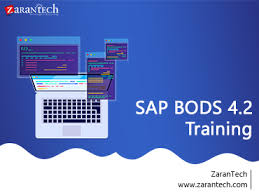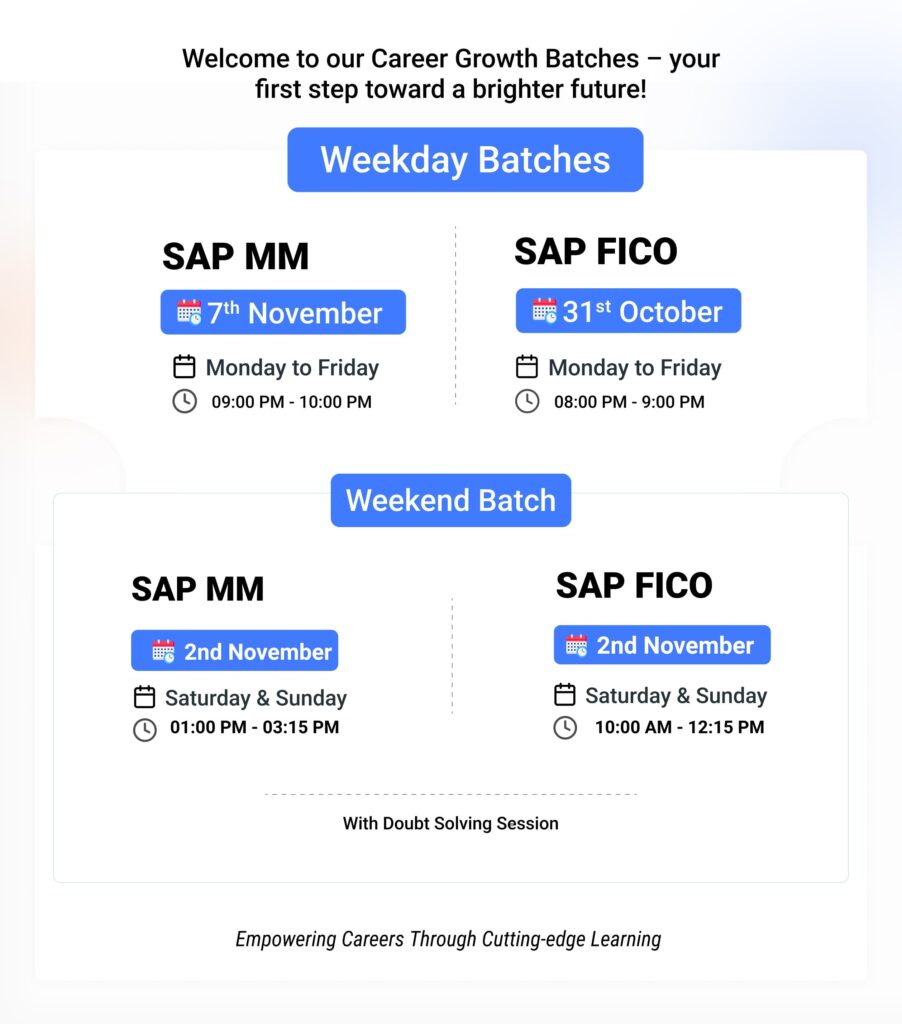SAP TM (Transportation Management)
SAP TM (Transportation Management): The Complete Guide to Optimizing Logistics Operations
Introduction: The Critical Role of Transportation Management in Modern Supply Chains
In today’s globalized economy, efficient transportation management has become a key competitive differentiator for businesses. SAP Transportation Management (TM) emerges as a powerful solution that enables organizations to:
-
Automate and optimize logistics processes
-
Reduce transportation costs
-
Enhance supply chain visibility
-
Improve customer service levels
This comprehensive guide explores SAP TM’s evolution, core functionalities, integration capabilities, business benefits, and implementation best practices.
The Evolution of SAP TM: From Manual Processes to AI-Driven Logistics
The Pre-SAP TM Era
-
Manual planning using spreadsheets and phone coordination
-
Fragmented systems leading to inefficiencies
-
Limited visibility across transportation networks
The Birth of SAP TM
-
Developed to address growing logistics complexities
-
Introduced automated planning algorithms
-
Enabled end-to-end transportation process management
Modern SAP TM Capabilities
-
Cloud-based deployments
-
AI/ML-powered optimization
-
Real-time tracking and analytics
Core Functionalities of SAP TM
1. Transportation Planning & Optimization
-
Multi-modal route planning (road, rail, ocean, air)
-
Load building optimization (consolidation, cross-docking)
-
Dynamic scenario simulation (what-if analysis)
2. Transportation Execution
-
Carrier selection and tendering
-
Real-time shipment tracking
-
Exception management (delays, disruptions)
3. Freight Settlement & Payment
-
Automated freight invoice verification
-
Performance-based carrier payment
-
Audit and dispute resolution tools
4. Analytics & Continuous Improvement
-
KPI dashboards (OTD, cost/mile, carrier performance)
-
Carbon footprint tracking
-
Predictive analytics for demand forecasting
Integration Capabilities: SAP TM in the Digital Supply Chain
1. SAP S/4HANA Integration
-
Seamless order-to-cash process flow
-
Real-time inventory visibility for transportation planning
-
Financial impact analysis of logistics decisions
2. SAP EWM (Extended Warehouse Management)
-
Coordinated outbound logistics
-
Cross-docking optimization
-
Yard management synchronization
3. SAP EM (Event Management)
-
Proactive exception alerts
-
Automated customer notifications
-
Root cause analysis for disruptions
4. Third-Party Logistics (3PL) Connectivity
-
EDI/API integrations with carriers
-
Visibility portals for partners
-
Blockchain-based shipment documentation
Business Benefits of Implementing SAP TM
1. Cost Reduction
-
10-25% savings through optimized routing
-
15-30% reduction in freight costs
-
Lower administrative costs via automation
2. Operational Efficiency
-
50% faster planning cycles
-
30% improvement in asset utilization
-
Reduced manual errors
3. Enhanced Customer Service
-
Real-time ETAs for customers
-
Proactive exception management
-
Omni-channel visibility
4. Sustainability Improvements
-
Carbon emission tracking
-
Green route optimization
-
Regulatory compliance reporting
Implementation Challenges & Best Practices
Common Implementation Challenges
-
Data quality issues in master data
-
Resistance to change from planners
-
Complexity of global rollouts
-
Keeping pace with regulatory changes
Success Factors for SAP TM Deployments
-
Start with clean master data (carriers, locations, products)
-
Phase the implementation (planning → execution → analytics)
-
Invest in change management and user training
-
Leverage SAP’s best practice content
-
Establish continuous improvement processes
The Future of SAP TM: Emerging Trends
1. AI-Powered Logistics
-
Autonomous planning with machine learning
-
Dynamic re-routing based on real-time conditions
-
Predictive capacity management
2. Digital Freight Matching
-
Spot market integrations
-
Blockchain-based carrier contracts
-
Automated freight auctions
3. IoT-Enabled Transportation
-
Smart container monitoring
-
Predictive maintenance for fleets
-
Edge computing for real-time decisions
4. Sustainable Logistics
-
Carbon-neutral routing options
-
Alternative fuel optimization
-
Circular economy integrations
Conclusion: SAP TM as a Strategic Logistics Platform
SAP TM has evolved from a transportation planning tool to a comprehensive logistics optimization platform that delivers:
✔ Substantial cost savings through intelligent automation
✔ Unprecedented visibility across global supply chains
✔ Enhanced agility to respond to market changes
✔ Sustainable operations meeting ESG goals
For organizations looking to transform their logistics operations, SAP TM provides:
-
A single source of truth for transportation data
-
Advanced optimization capabilities beyond basic TMS
-
Future-ready architecture for digital logistics








